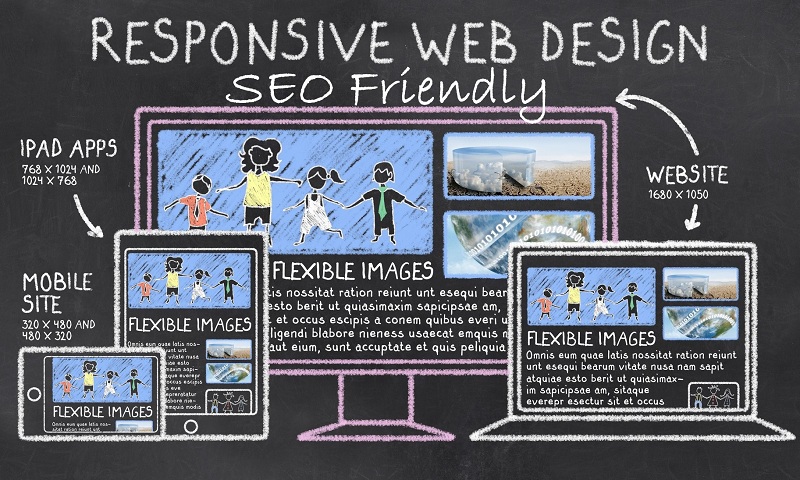CXBOS Insights
Your daily dose of news, insights, and information.
Design That Dances with Search Engines
Unlock the secrets of SEO-driven design that captivates search engines and engages readers. Transform your website into a traffic magnet!
The Harmony of SEO and Design: How to Create a Balanced Digital Experience
Creating a balanced digital experience involves the seamless integration of SEO and design principles. When crafting a website, it's essential to prioritize user experience while ensuring that the content is optimized for search engines. By focusing on the harmony of SEO and design, you can create an engaging environment that not only attracts visitors but also encourages them to stay longer. A well-designed site enhances usability, which can lead to increased interaction and lower bounce rates—factors that search engines consider when ranking your pages.
To achieve this balance, consider these key strategies:
- Responsive Design: Ensure your site is mobile-friendly to cater to a wider audience and improve your search rankings.
- Fast Loading Times: Optimize your images and code to reduce loading times, enhancing both user experience and SEO.
- Clear Navigation: A logical site structure helps users find information quickly and assists search engines in crawling your site effectively.

Design Principles That Boost Your Search Engine Rankings
When it comes to improving your website's visibility, design principles play a crucial role alongside traditional SEO practices. Firstly, ensuring a responsive design is fundamental, as search engines prioritize sites that function well on various devices. This includes optimizing your images, using flexible layouts, and maintaining fast load times. Additionally, incorporating clear navigation and intuitive user interfaces can significantly affect user experience, which in turn impacts your search engine rankings positively.
Moreover, leveraging visual hierarchy in your design can guide users' attention to the most important content on your page. Utilizing headings and subheadings effectively not only helps with readability but also enhances your SEO strategy by signaling to search engines what your content is about. Don't underestimate the power of white space either; a clean layout improves focus and engagement, resulting in lower bounce rates and better rankings. In summary, thoughtful design principles can directly influence your site's performance in search engines, leading to increased organic traffic and visibility.
Are You Sabotaging Your SEO with Poor Design Choices?
When it comes to SEO, many website owners focus solely on keywords and content quality, often overlooking the critical role that design plays. Poor design choices can lead to slow loading times, unresponsive layouts, or inaccessible navigation, all of which can negatively impact user experience. A complex and cluttered design may frustrate visitors, causing them to leave your site quickly, which in turn increases your bounce rate. This signals to search engines that your content may not be relevant to users, ultimately sabotaging your SEO efforts.
To enhance your SEO performance, consider these design principles:
- Responsive Design: Ensure your website works seamlessly across all devices, including smartphones and tablets.
- Fast Loading Times: Optimize images and reduce unnecessary script files to keep load times to a minimum.
- Clear Navigation: Organize your site structure logically, allowing users to find information easily.